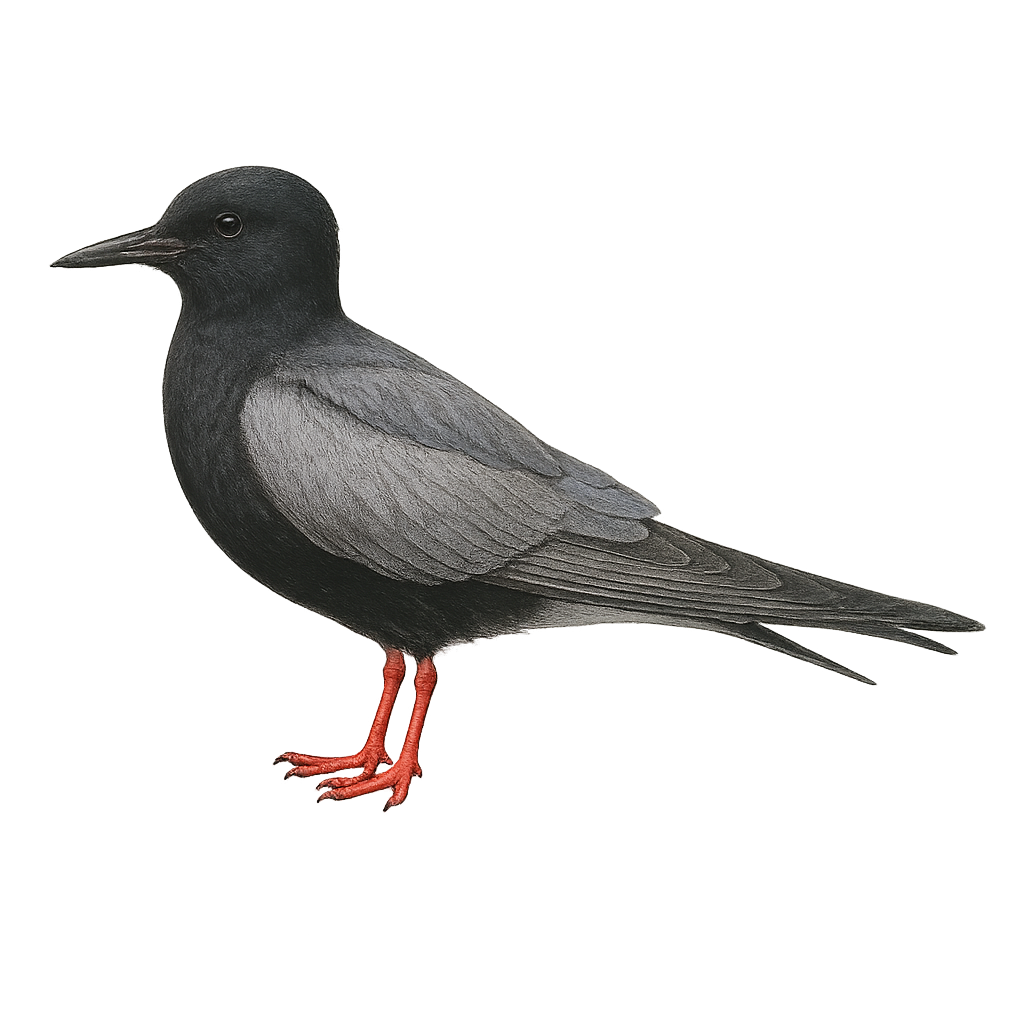Your wildlife photography guide.
Explore the white-winged tern in detail, study its behavior, prepare your shots.
Where to observe and photograph the white-winged tern in the wild
Learn where and when to spot the white-winged tern in the wild, how to identify the species based on distinctive features, and what natural environments it inhabits. The WildlifePhotographer app offers tailored photography tips that reflect the white-winged tern’s behavior, helping you capture better wildlife images. Explore the full species profile for key information including description, habitat, active periods, and approach techniques.
White-winged Tern
Scientific name: Chlidonias leucopterus

IUCN Status: Least Concern
Family: LARIDAE
Group: Birds
Sensitivity to human approach: Suspicious
Minimum approach distance: 10 m
Courtship display: May to July
Incubation: 18-22 jours
Hatchings: June to August
Habitat:
Wetlands, marshes, lakes
Activity period :
Primarily active during the day, with peak activity in the morning and late afternoon.
Identification and description:
The White-winged Tern, Chlidonias leucopterus, is an elegant bird from the Laridae family, recognizable by its white wings contrasting with its black body during the breeding season. It primarily inhabits wetlands, marshes, and lakes, where it feeds on insects and small fish. This migratory bird is found in Eastern Europe and Asia during the breeding season, before migrating to Africa and South Asia for the winter. Its population is generally stable, although threats such as habitat destruction and pollution can affect it locally. The White-winged Tern is a fascinating bird to observe, especially during its aerial acrobatics over water bodies.
Recommended lens:
400 mm – adjust based on distance, desired framing (portrait or habitat), and approach conditions.
Photography tips:
To photograph the White-winged Tern, opt for the golden hours of the morning or afternoon to benefit from soft and flattering light. Use a 400mm or longer lens to capture precise details without disturbing the bird. Be patient and wait for the bird to approach your position, remaining still to avoid scaring it. Focus on capturing in-flight shots to highlight its aerial acrobatics.
The WildlifePhotographer App is coming soon!
Be the first to explore the best nature spots, track rutting seasons, log your observations, and observe more wildlife.
Already 1 431 wildlife lovers subscribed worldwide

